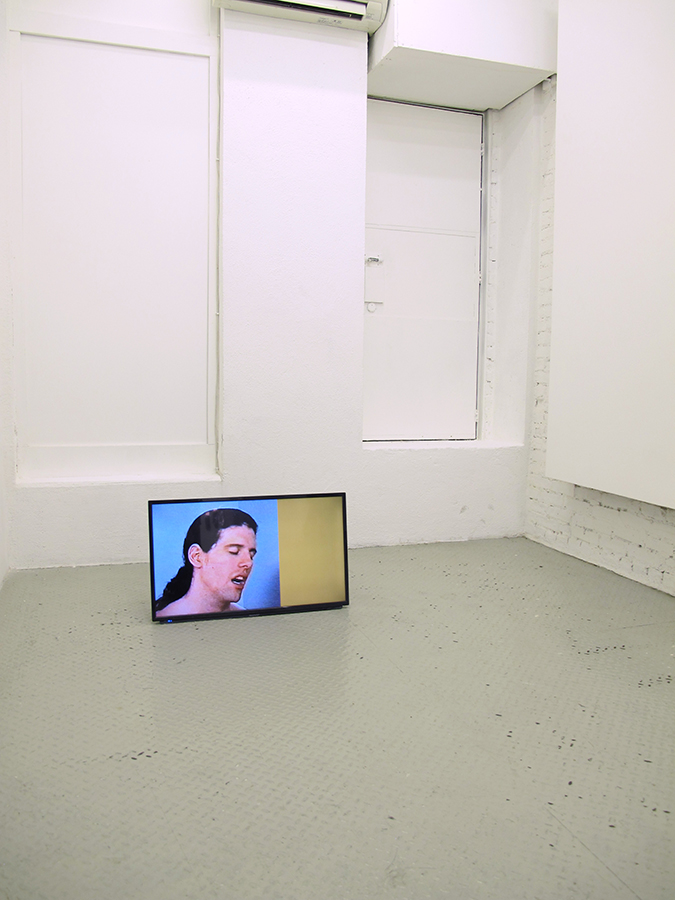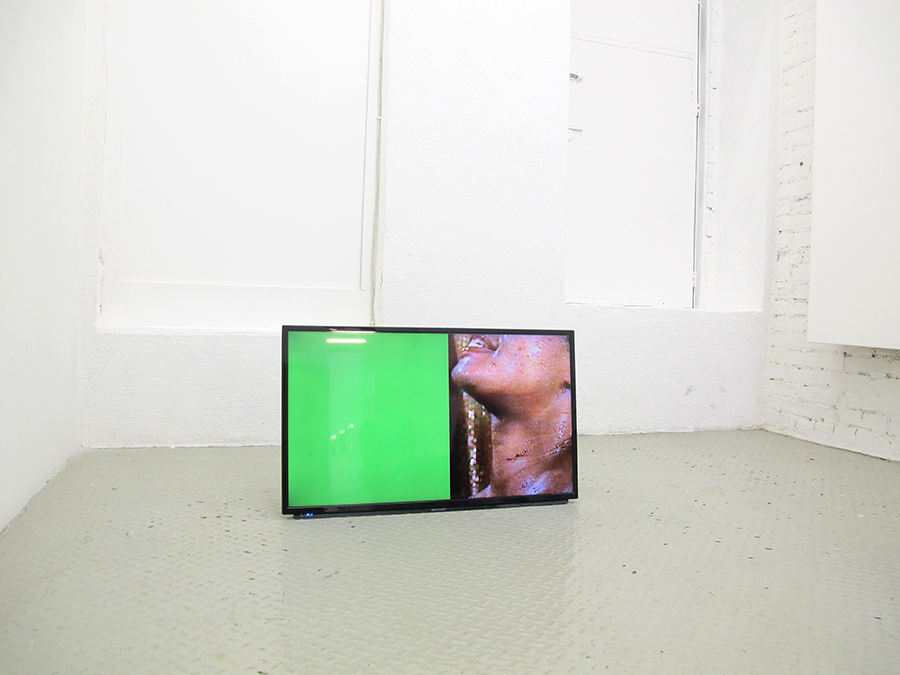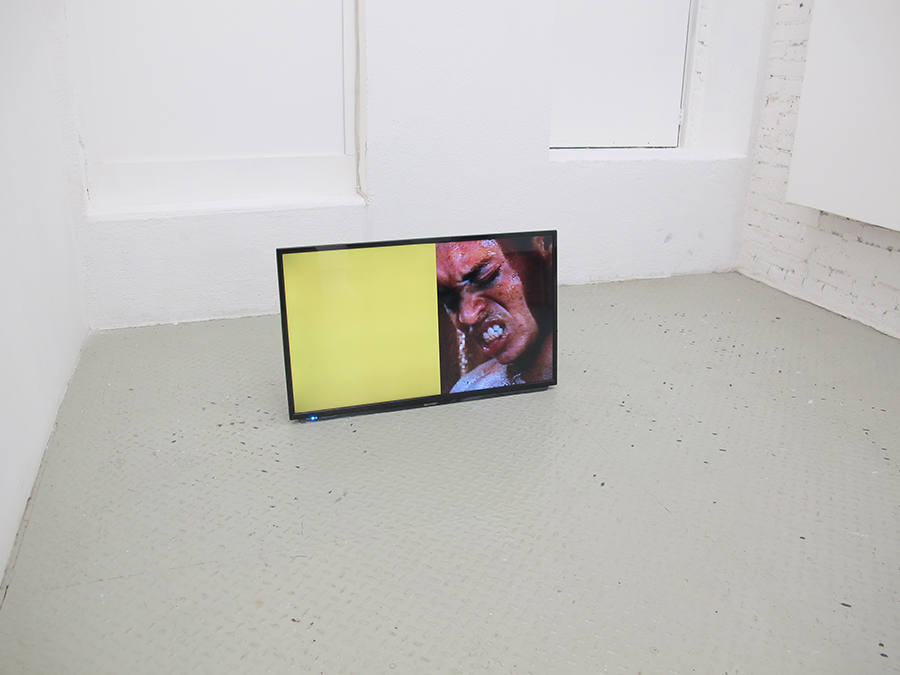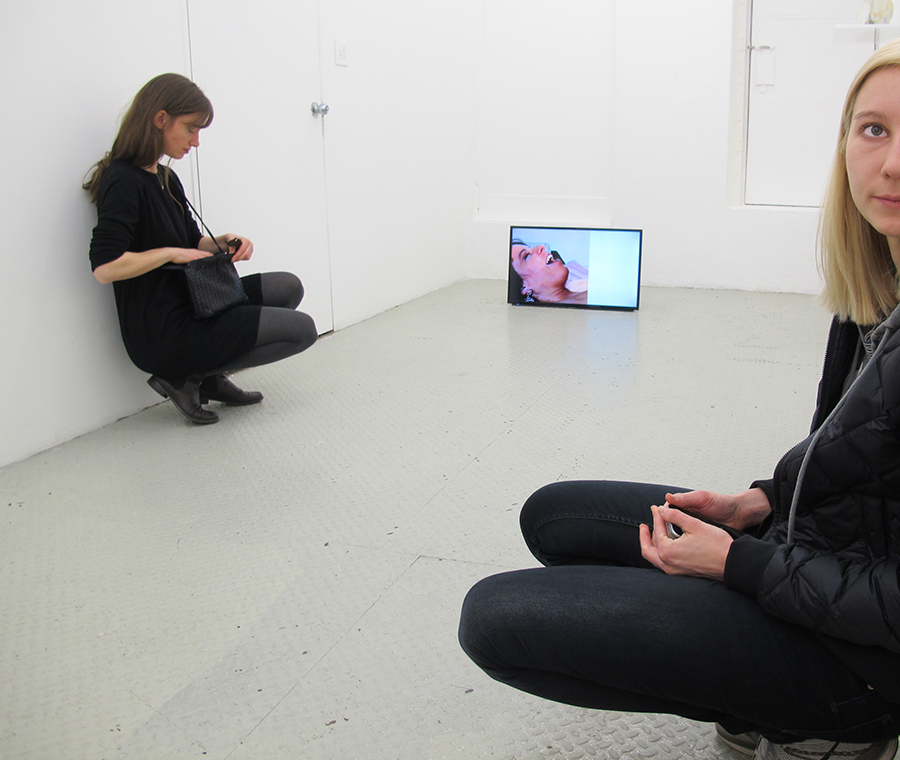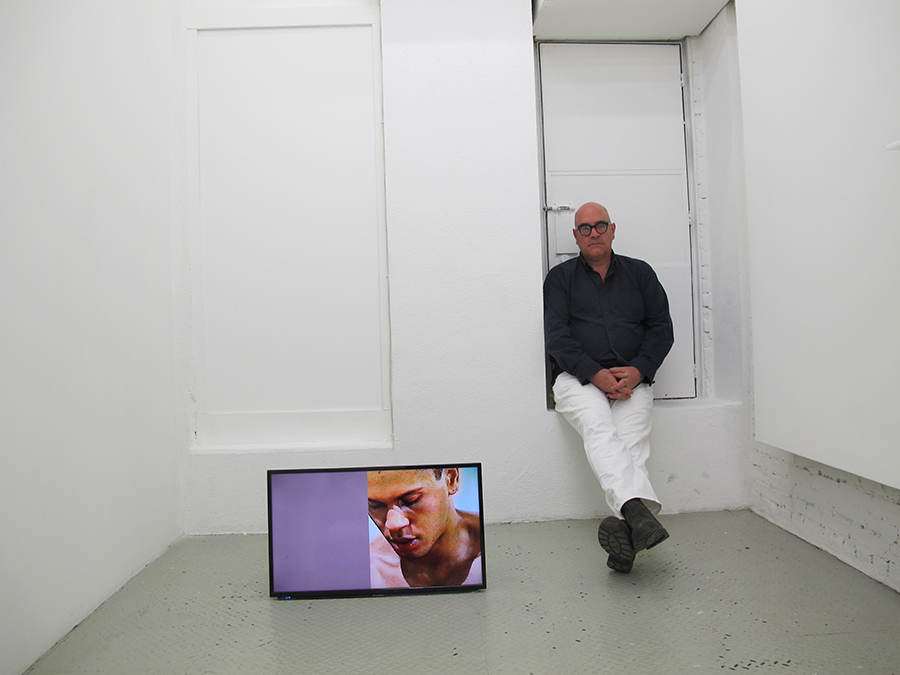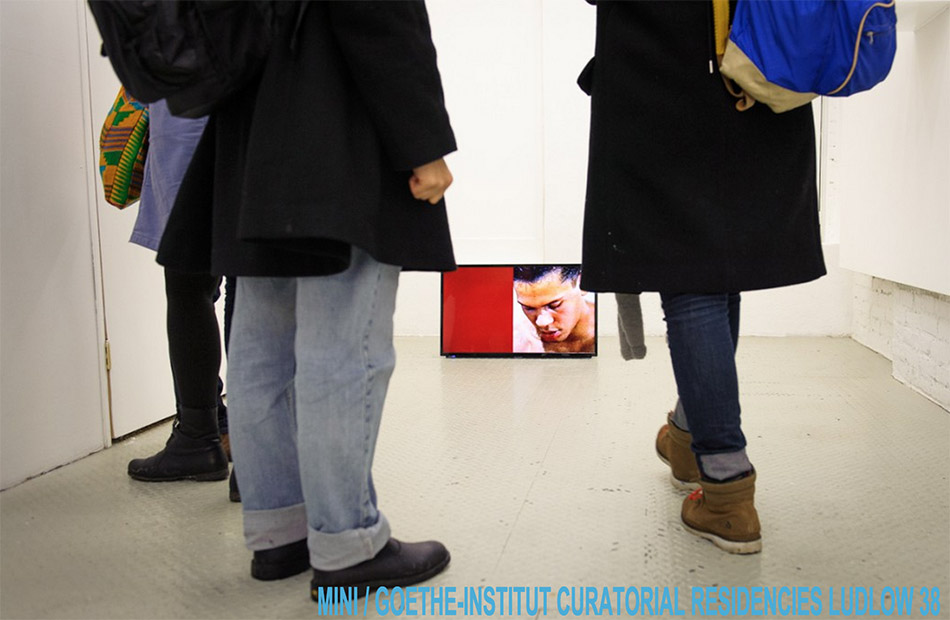The Problem Today is Not the Other but the Self, Feb. 22 – Apr. 5, 2015. LUDLOW 38/Goethe Institut, NYC
The problem today is not the other but the self is concerned with questions arising from the increasing neoliberalization of society and digitalization of communication. Both processes thrive on our belief in individual freedom and are products as well as engines for political agendas and a free market economy. Yet, instead of a boundless surge in freedom, we are currently witnessing a crisis in our subjective experience of freedom. Chronic depression, excessive demands on our sensory perception, and burnout syndrome are some of the consequences of this development.
The exhibition title is based on the essays of philosopher Byung-Chul Han, in which he describes our constant striving for freedom and self-realization as a social constraint. According to Han, virtual self-marketing has become a form of self-exploitation and, in the process, the “disciplinary society” that philosopher Michel Foucault described in 1975 has transitioned into a “society of self-discipline.” In this system, an individual’s opponent is no longer “the other,”””the individuals themselves have transformed into their own enemies.
The problem today is not the other but the self thus gathers six artists of different generations whose works reflect on the themes of freedom, powerlessness, and neoliberalism. Andy Coolquitt creates expansive installations of found materials and objects, which he calls “somebody-mades” and “in-betweens.” He arranges these mostly discarded and forgotten objects in site-specific compositions that redefine spaces and pathways. The works of Doug Ashford combine painterly abstraction with political intention in a constant search for the origins of empathy. His video Untitled Film (2013) shows””in slow motion””pornographic scenes where the explicit material is overlaid with fields of color. The wall works Madison Street, Jefferson Ave, and Halsey Street (2013) by Lena Henke are casts of facade structures from the Brooklyn neighborhood of Bedford-Stuyvesant. Her works reflect urban development concepts, urban design, and “third places” as snapshots of a time when self-initiative and self-responsibility embodied hope for a better future. Flaka Haliti’s small series of drawings Hoods Requared Beyond This Point (2013) stylizes our life trajectory as a loop between failure and success. The site-specific installation Expression Management (2015) by the artist duo James Gregory Atkinson & Helen Demisch refers to the logic of surveillance and self-imposed transparency in contemporary society. The work takes on the prevalence of the selfie and connects this phenomenon with the screening and scanning methods of public facilities.
Exhibition website_(link)
View on Vimeo_(link)
Website for the LUDLOW 38 Goethe Institute Archive_(link)
Curated by Vivien Trommer_(link)
Doug Ashford in conversation with Vivien Trommer for KubaParis website_(link) Download interview:_(link)


